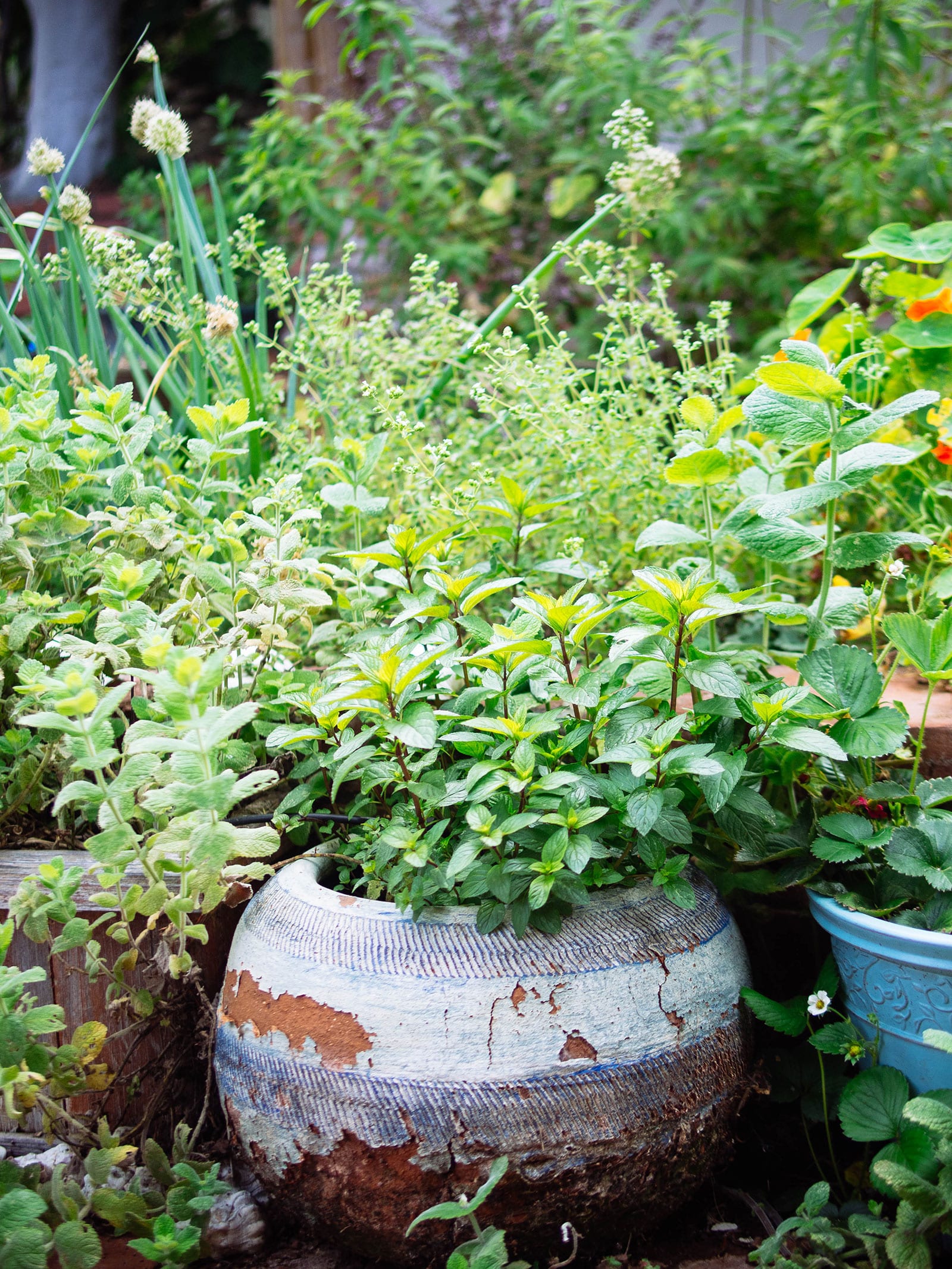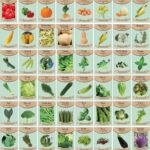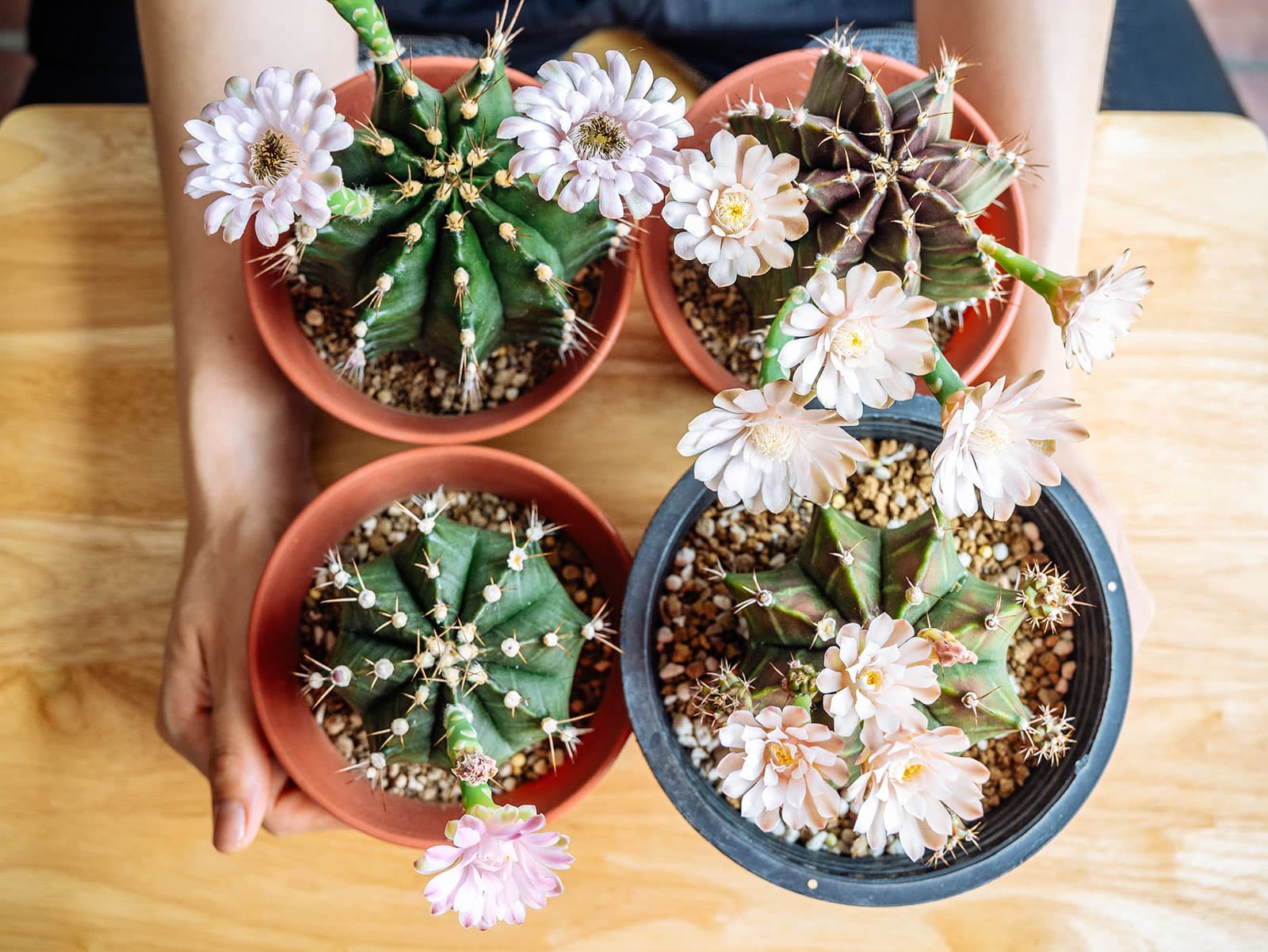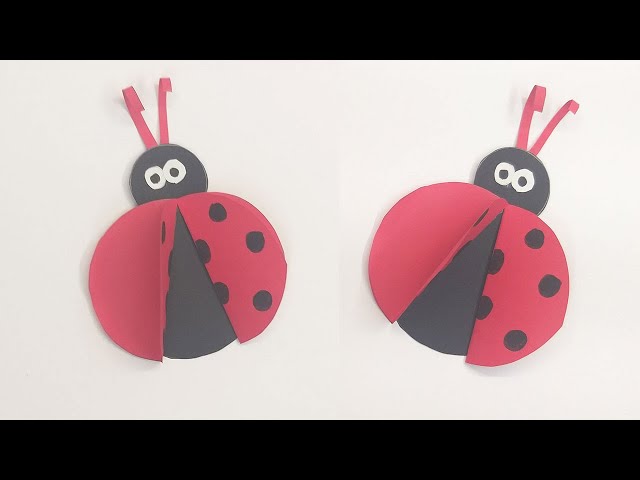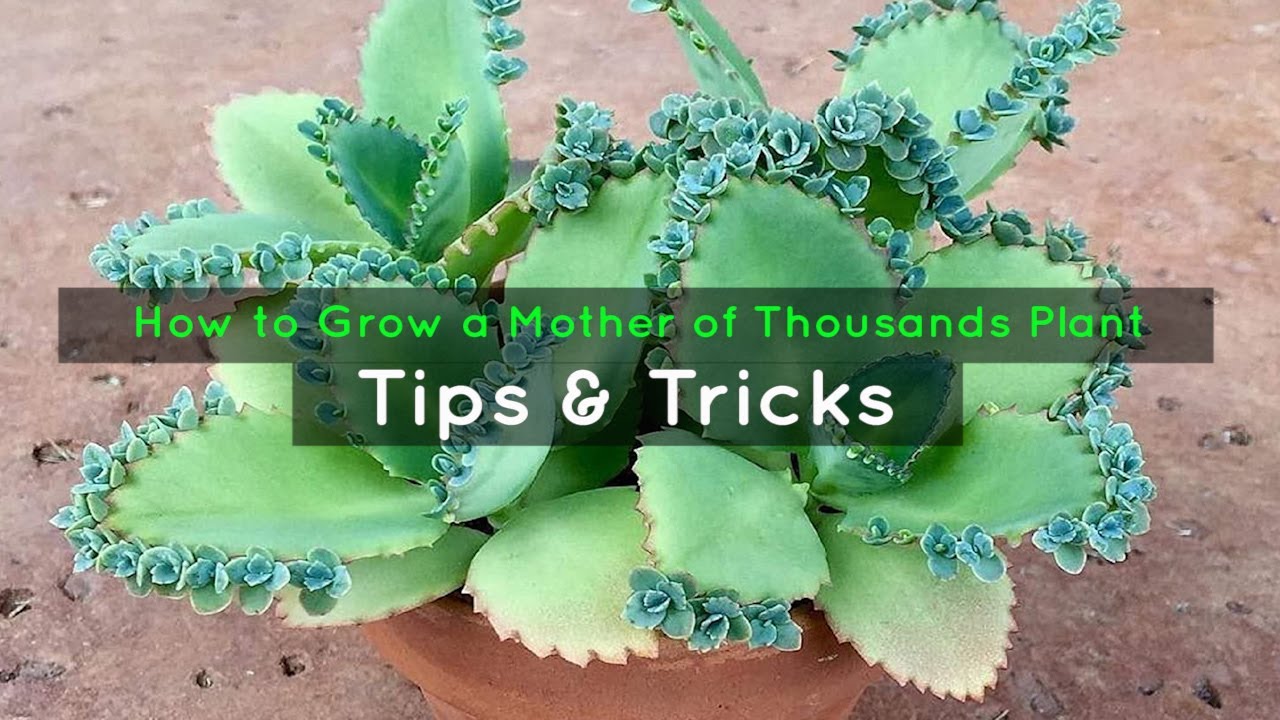Title: Cultivate Endless Flavors: 29 Perennial Herbs for Lifelong Gardens
Meta Description: Discover the magic of planting once and savoring the bounty year after year with these 29 perennial herbs. Perfect for every gardener seeking to add enduring aroma and taste to their culinary adventures.
Planting a garden can be a rewarding experience, particularly when you choose plants that promise a return on your investment for years to come. Imagine a garden that offers a continual supply of herbs, without the need for replanting each season. With perennial herbs, you can achieve just that—a vibrant, fragrant garden that keeps on giving.
Perennial herbs are a gift to the gardener. Once established, they provide a bountiful harvest year after year. Unlike annuals, which complete their life cycle in a single season, perennials regrow each spring, offering a sustainable solution for both novice and seasoned gardeners.
What Are Perennial Herbs?
Perennial herbs are those hardy plants that can be planted once and enjoyed for many years. These low-maintenance flora not only add beauty to your garden with their lush foliage and sometimes flowers but also serve as a constant source of fresh flavors for your kitchen.
From the refreshing zest of mint to the robust punch of rosemary, perennial herbs are diverse in their offerings. Their enduring nature means less work and more enjoyment for you, making them an excellent choice for home gardens of all sizes.
While some perennial herbs, like sage and oregano, are hardy enough to withstand colder climates, others may require some protection during harsh winters. Understanding the needs of each herb is key to a flourishing garden.
How Do Perennial Herbs Differ From Annuals?
Annual herbs like basil and cilantro are planted and live for only one growing season. In contrast, perennials survive the winter and return each spring. This key difference saves time and money, as there’s no need to repurchase and replant these herbs annually.
Perennial herbs often grow stronger and more vigorously after their initial season. They can also provide ecological benefits by stabilizing garden soil and providing habitats for beneficial insects.
Despite their robust nature, some perennial herbs may be classified as tender perennials in colder regions. This means they might require special care, such as mulching or indoor overwintering, to thrive.
Which Perennial Herbs Thrive In Cold Climates?
Certain perennial herbs are particularly well-suited for colder climates. Hardy herbs such as thyme, chives, and mint are known to survive and even thrive in lower temperatures.
It’s essential to understand which herbs can endure your specific climate. With the right care, including suitable planting locations and sometimes a layer of protective mulch, these herbs can become a perennial staple in your garden.
Other herbs that can withstand the cold include tarragon and sorrel. Some, like rosemary, may need to be brought indoors or protected when the frost hits.
What Are The Best Perennial Herbs For Small Gardens?
Not everyone has the luxury of a large gardening space, but that doesn’t mean you can’t enjoy perennial herbs. Many of these herbs are suited for small gardens or even container gardening.
Compact herbs like chives, oregano, and thyme are excellent for small spaces. They can be easily grown in pots and require minimal care beyond the occasional trimming and watering.
Vertical gardening is another space-saving solution that works well for perennial herbs. Utilizing wall-mounted planters or trellises can help maximize your growing area and add a vertical element of green to your outdoor or indoor space.
How Do You Care For Perennial Herbs?
Caring for perennial herbs is relatively straightforward. They generally require less maintenance than annuals, needing only basic care such as pruning, occasional fertilization, and ensuring proper drainage in their soil.
Most perennial herbs prefer full sun, so positioning your garden to capture plenty of light is vital. Watering needs vary among different herbs, with some, like lavender and thyme, preferring drier conditions, and others, like mint, enjoying moister soil.
Dividing your herbs every few years can help prevent overcrowding and promote vigorous growth. It also provides an opportunity to share your bountiful garden with friends and fellow gardeners.
Here’s a gardening tip: watch this video on growing conditions for perennial herbs to get you started!
Where Can You Buy Quality Herb Starts?
Finding quality herb starts is pivotal for a successful perennial garden. Local nurseries often provide a selection of healthy, ready-to-plant herbs. They can also offer valuable advice tailored to your region’s growing conditions.
Online sellers and specialized nurseries like Richters offer a wider variety, including rare and exotic herbs that may not be available locally. Ensure you source from reputable sellers to guarantee the health and quality of your plants.
Remember, starting with healthy plants is the foundation of a garden that will flourish for years to come. Taking the time to source the best starts will pay off in the long run with a garden that’s both beautiful and bountiful.
Frequently Asked Questions About Perennial Herbs
What Is the Mother of All Herbs?
Often regarded as the “mother of all herbs,” mint is revered for its versatile uses in cooking, medicinal purposes, and its invigorating scent. Its hardiness and ease of growth make it a staple in many perennial gardens.
Mint’s vigorous growth habit means it can quickly take over a garden. Planting it in containers can help contain its spread while still allowing you to enjoy its bountiful harvest.
What Are the Best Perennial Herbs?
The “best” perennial herbs often depend on your culinary preferences and climate. Herbs like rosemary, sage, and thyme are popular for their aromatic leaves and versatility in cooking.
For medicinal purposes, echinacea and valerian are excellent perennials with a long history of use. When choosing herbs, consider both their flavor profile and their suitability for your garden’s conditions.
What’s the Longest Blooming Perennial?
For gardeners interested in both aesthetics and culinary use, lavender is known for its long blooming season and beautiful purple flowers. It’s also popular for its calming scent and essential oils.
Lavender’s extended blooming period provides a lasting display of color and fragrance in the garden. This herb is drought-resistant once established, making it a perfect choice for gardens in warmer climates.
What Is the King of All Herbs?
Often hailed as the “king of all herbs,” basil is highly prized for its flavor and is a cornerstone of many culinary traditions. While not a perennial in colder climates, it can be grown as a perennial in warmer areas or indoors.
For perennial enthusiasts, consider growing perennial varieties of basil such as ‘African Blue’ or ‘Greek’ which offer the same flavorful leaves with the added benefit of returning each year.
With a bit of care and the right selections, 29 perennial herbs you can plant once and enjoy for years will transform your garden into a sanctuary of everlasting flavor. Whether you are a seasoned gardener or just starting, these herbs offer a sustainable, flavorful addition to your garden that will delight your senses season after season.

